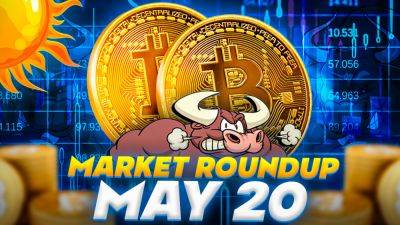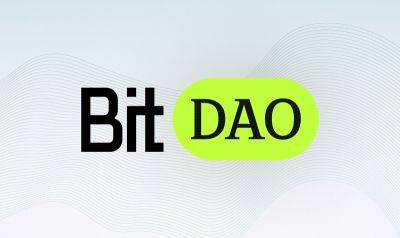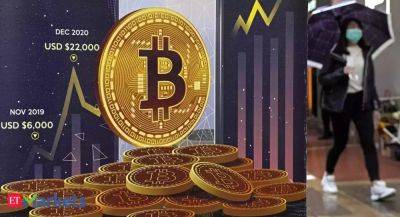Analysts at odds over Fed, US debt ceiling impact on Bitcoin price
On April 26, House Republicans scarcely passed their bill to increase the U.S. debt ceiling. This led to analysts already weighing its potential impact on the price of Bitcoin (BTC), ranging from extremely bearish to overly bullish.
Ultimately, U.S. dollar liquidity is the key to both of these opposing viewpoint.
Some analysts, including Jesse Meyers, the COO of investment firm Onramp, believe raising the debt ceiling would prompt the Federal Reserve to print more money, thus boosting capital inflows into "risky" assets like Bitcoin.
The debt ceiling represents the maximum amount of money the U.S. government can borrow to pay its bills.
Related: Fed balance sheet adds $393B in two weeks — Will this send Bitcoin price to $40K?
Raising it means they can issue more debt to generate more capital. But since the Fed is not buying bonds anymore thanks to its "quantitative tightening," and the flow of available M2 money supply crashing, the U.S. government debt may find it hard to attract buyers.
In other words, a deflationary recession that Meyers believes will force the Fed to return to its quantitive easing policy.
"When the debt ceiling is lifted and credit-contraction leads to economic crisis... They will have to print money on a massive scale," he noted, reminding:
The government has already hit its $31.4 trillion debt ceiling in January 2023. So, it theoretically cannot generate more capital until the Senate passes the House-passed bill.
However, it's unlikely to pass the Senate and Biden has also vowed to veto the bill.
The standoff could result in the U.S. government defaulting on its debt in June, which poses negative consequences for the U.S. dollar, according to Jeff John Roberts, crypto editor at Fortune.
"If
Read more on cointelegraph.com


















